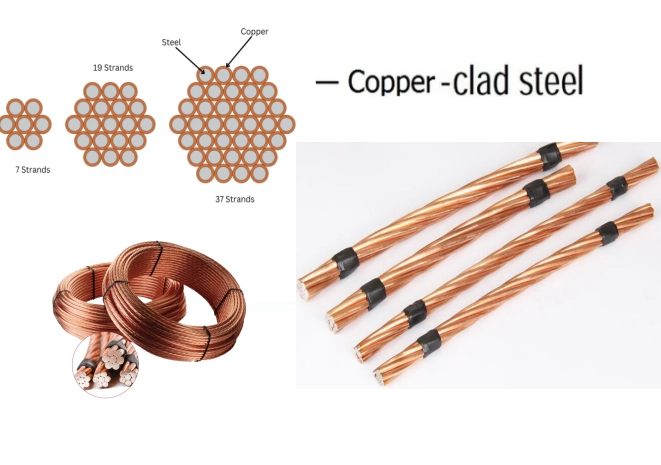When it comes to ordinary construction, the choice of exterior materials plays a pivotal role in defining the aesthetic, durability, and functionality of a building. As the first line of defense against environmental elements, the exterior material not only contributes to the visual appeal but also impacts energy efficiency, maintenance requirements, and overall structural integrity. In this article, we will explore the most typical exterior materials used in ordinary construction, examining their characteristics, advantages, and applications.
- Vinyl Siding: The Versatile Workhorse
Vinyl siding has emerged as one of the most popular exterior materials for residential construction. Its widespread use can be attributed to its affordability, low maintenance requirements, and versatility in design. Available in a plethora of colors and styles, vinyl siding can mimic the appearance of wood, stucco, or even brick, making it an attractive option for homeowners seeking aesthetic flexibility.
Advantages:
- Cost-Effective: Vinyl siding is generally less expensive than other materials, making it a budget-friendly choice for many homeowners.
- Durability: Resistant to rot, insects, and fading, vinyl siding can withstand harsh weather conditions, ensuring longevity.
- Low Maintenance: Unlike wood, vinyl does not require regular painting or staining, reducing long-term upkeep costs.
- Wood Siding: Timeless Elegance
Wood siding remains a classic choice for many ordinary constructions, offering a natural beauty that is hard to replicate. Whether in the form of clapboard, shingles, or board-and-batten, wood siding provides a warm and inviting aesthetic that appeals to many homeowners.
Advantages:
- Aesthetic Appeal: Wood siding can enhance the character of a home, providing a rustic or contemporary look depending on the finish.
- Insulation Properties: Wood is a natural insulator, helping to regulate indoor temperatures and improve energy efficiency.
- Sustainability: When sourced responsibly, wood siding can be an environmentally friendly option, as it is a renewable resource.
However, wood siding does require regular maintenance, including painting or staining, to protect against moisture and pests.
- Fiber Cement: The Durable Alternative
Fiber cement siding has gained popularity in recent years due to its durability and resistance to various environmental factors. Composed of a mixture of cement, sand, and cellulose fibers, this material offers the appearance of wood or stucco without the associated drawbacks.
Advantages:
- Fire Resistance: Fiber cement is non-combustible, providing an added layer of safety for homeowners.
- Pest Resistance: Unlike wood, fiber cement is impervious to termites and other pests, reducing maintenance concerns.
- Longevity: With a lifespan of 30 years or more, fiber cement siding is a long-term investment for homeowners.
- Brick and Stone: The Classic Choice
Brick and stone have long been regarded as premium exterior materials, known for their durability and timeless appeal. While they may be more expensive than other options, their longevity and low maintenance requirements make them a worthwhile investment for many ordinary constructions.
Advantages:
- Durability: Brick and stone can withstand extreme weather conditions, making them ideal for various climates.
- Low Maintenance: Once installed, brick and stone require minimal upkeep, often only needing occasional cleaning.
- Energy Efficiency: These materials provide excellent insulation, helping to reduce heating and cooling costs.
- Stucco: The Textured Finish
Stucco is a popular choice in many regions, particularly in the southwestern United States. This cement-based material is applied in layers, creating a textured finish that can be customized in color and style.
Advantages:
- Versatility: Stucco can be applied to various substrates, including wood, concrete, and metal, making it adaptable to different construction types.
- Energy Efficiency: Stucco provides good insulation properties, contributing to energy savings.
- Aesthetic Variety: With various finishing techniques available, stucco can achieve a range of looks, from smooth to rough textures.
Conclusion: Choosing the Right Material
Selecting the most typical exterior material for ordinary construction involves balancing aesthetics, durability, maintenance, and cost. Each material discussed has its unique advantages and considerations, making it essential for homeowners and builders to assess their specific needs and preferences.

More Stories
Safety First: Essential Features of Heavy Duty Storage Racks
Why Indoor Adventure Parks Are the Perfect Rainy Day Solution
Innovations Driving the Future of Glass Fiber Cloth Composite